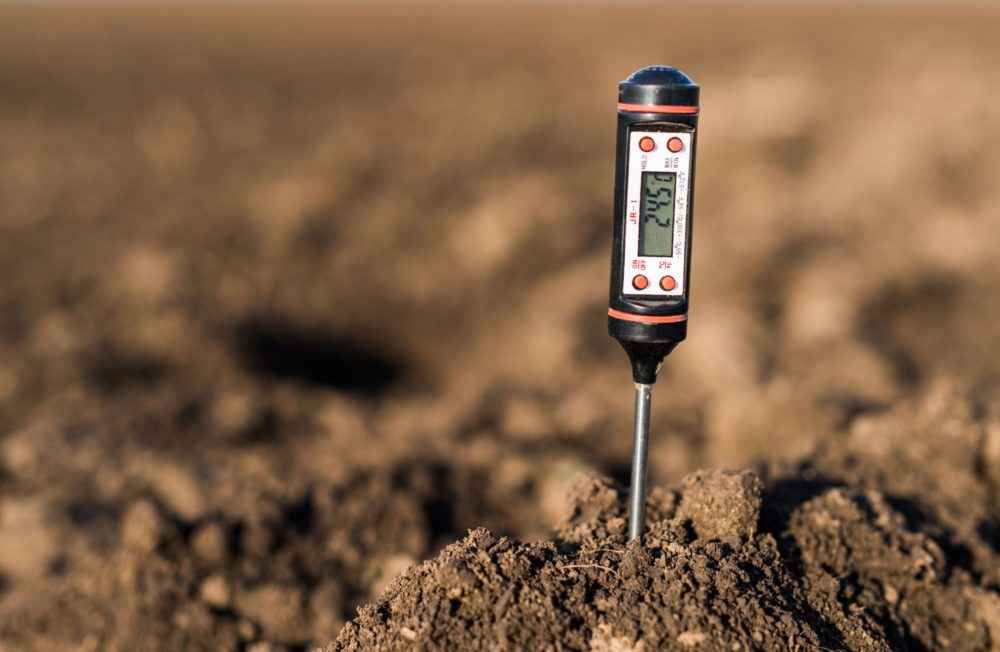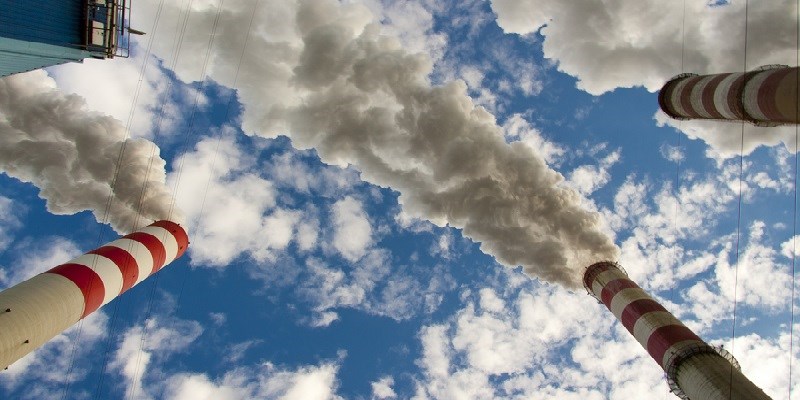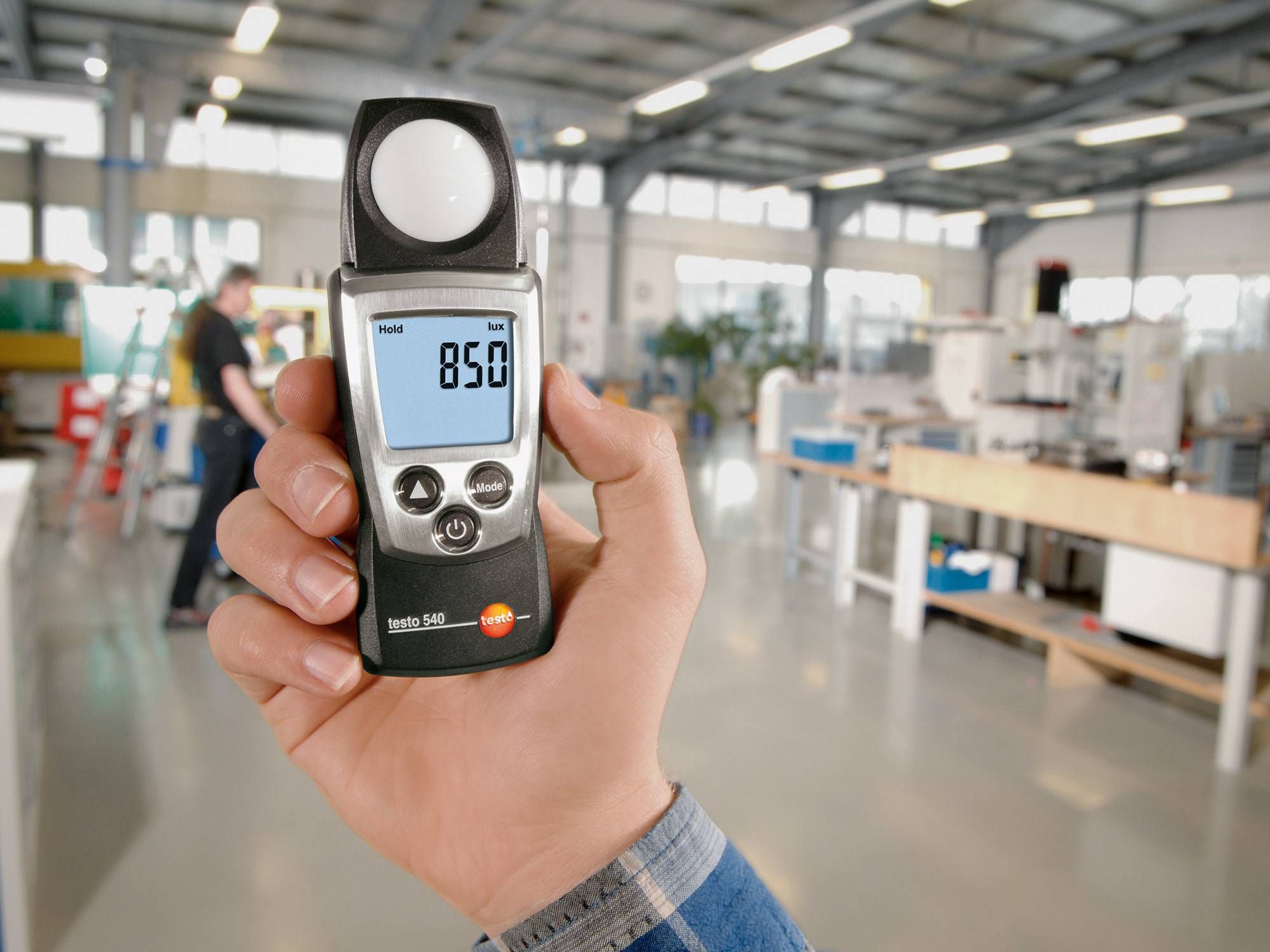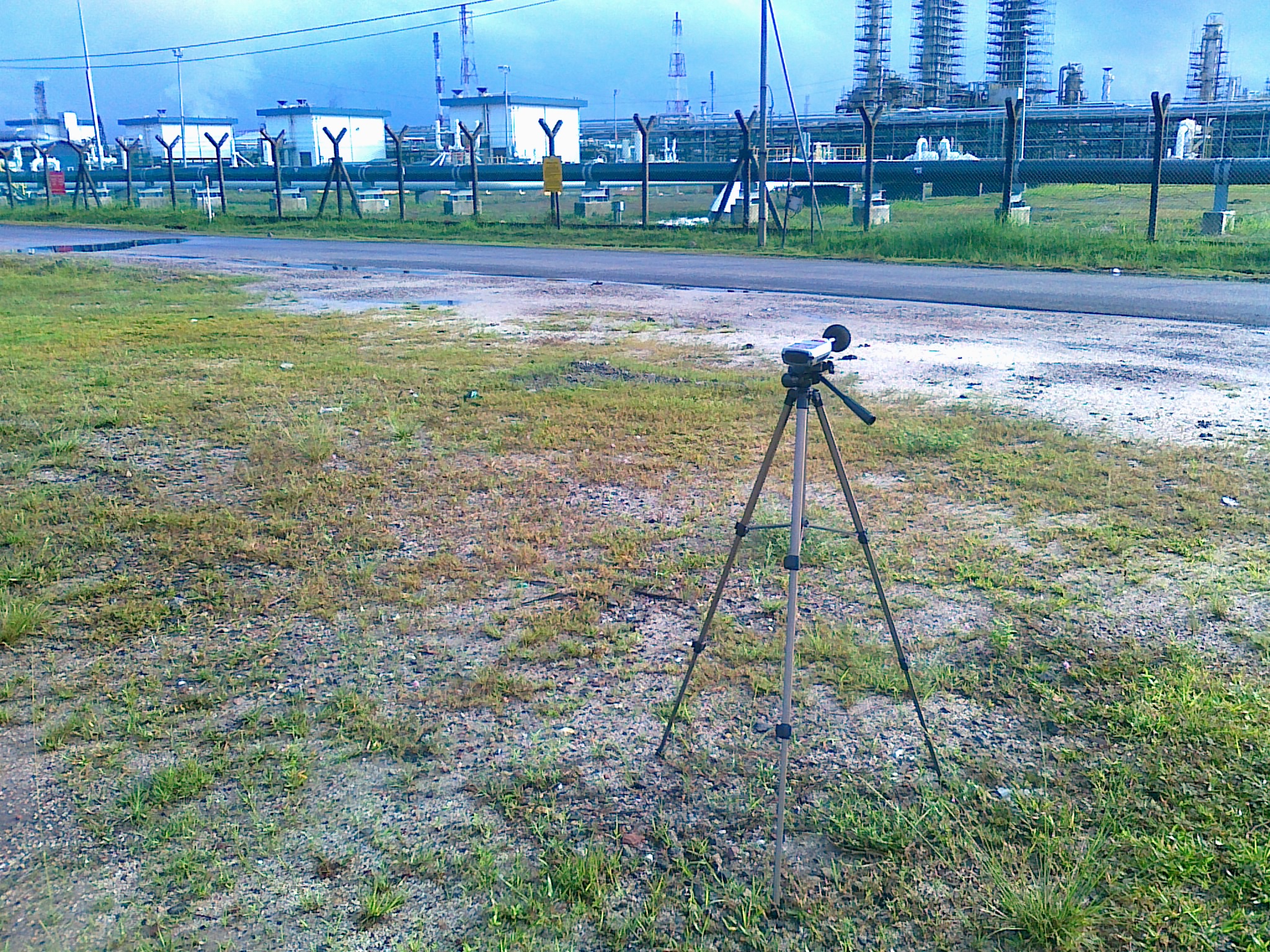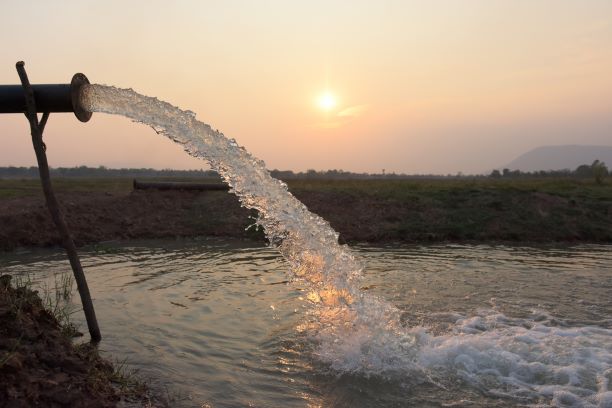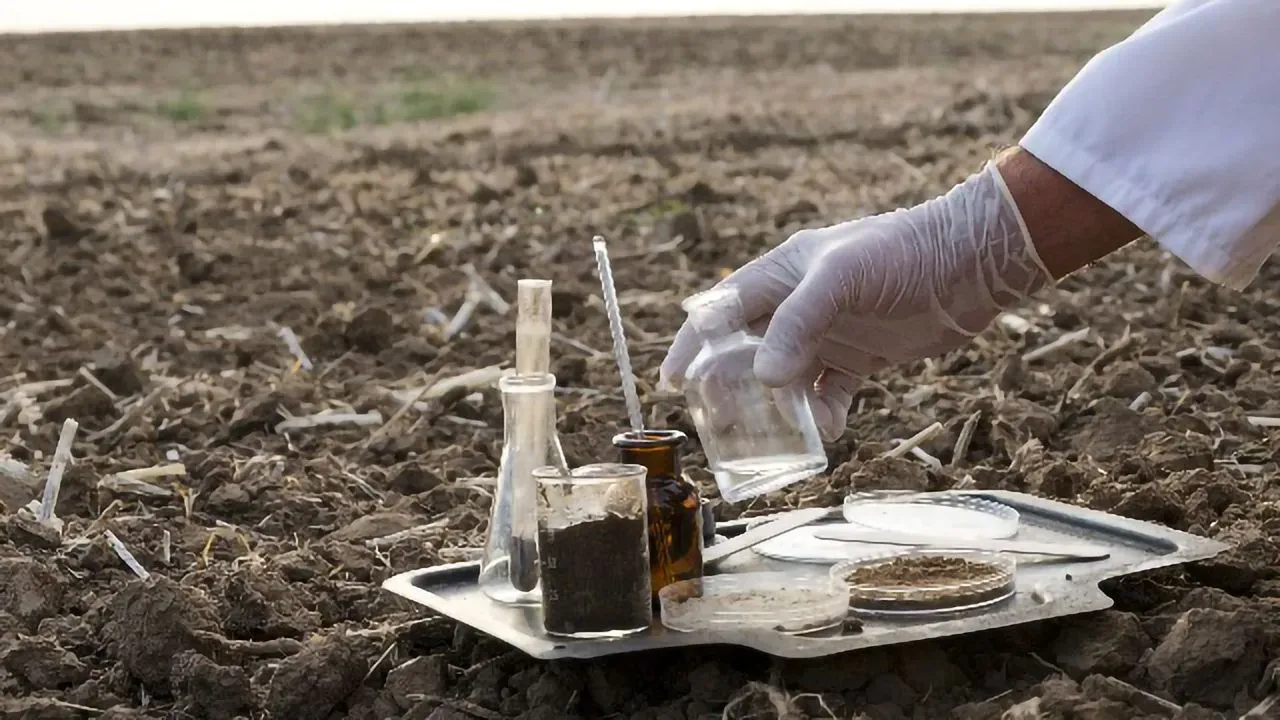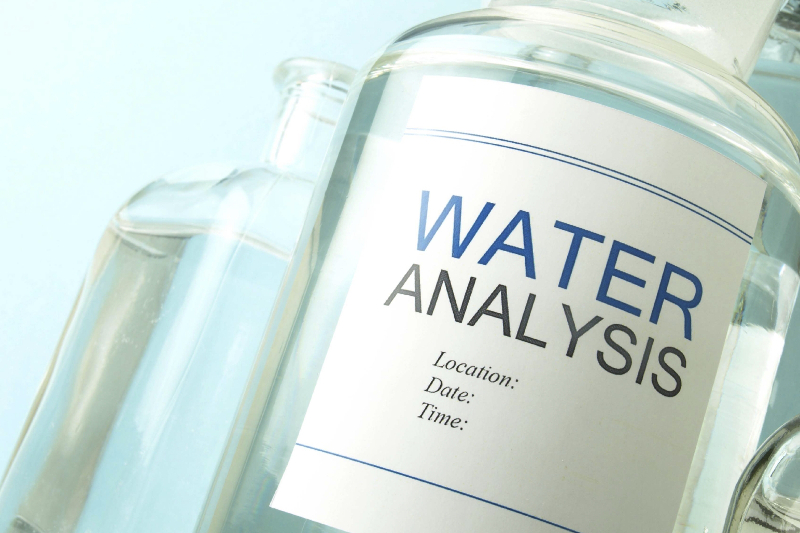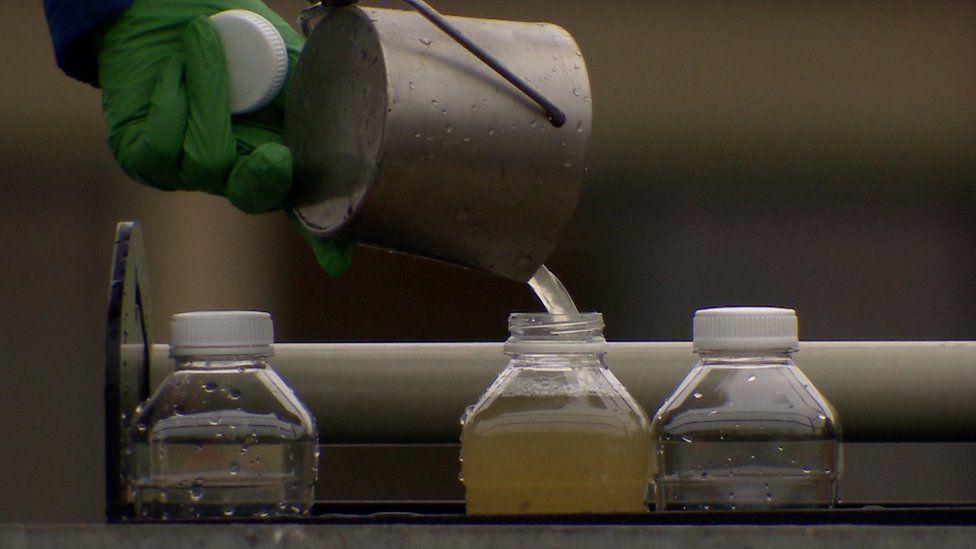Ambient Air Monitoring
Ambient air monitoring refers to the process of measuring the quality of the air in an outdoor environment. The purpose of ambient air monitoring is to determine the levels of various pollutants present in the air, such as particulate matter, ozone, sulfur dioxide, nitrogen dioxide, and carbon monoxide.
This monitoring is typically done using specialized equipment that can detect and measure the concentrations of these pollutants in the air over a specific period of time. The data collected from ambient air monitoring can be used to determine whether the air quality is meeting certain standards or regulations set by local, state, or federal agencies.
Ambient air monitoring is important because poor air quality can have negative effects on human health, as well as on the environment. By monitoring and controlling the levels of pollutants in the air, we can help to ensure that the air we breathe is safe and healthy for everyone.
Types of Equipment used
- Horiba gas analyzer APOA-370 (O3,CO2,NOX,SO2,CO)
- Weather Station Vantage Pro2, Davis
- Ambient air quality Mobile Station
- Environment SA AC32M (NOX)
- Environment SA AF22E (SO2)
- Environment SA CO12E (CO)
- Environment SA O342E (O3)
- DustTrakTM II Aerosol Monitor 8530 for measuring (PM2.5, PM10, TSP)
- High Volume Sampler for measuring (PM2.5, PM10, TSP)


Sludge Analysis
Sludge testing is the process of analyzing the characteristics and composition of sludge, which is a semi-solid material produced during wastewater treatment processes. Sludge is typically made up of organic matter, inorganic matter, and water, as well as any pollutants or contaminants that were removed from the wastewater during treatment.
Sludge testing can involve a range of different analyses, depending on the specific characteristics of the sludge being tested and the information that is needed. Some common types of sludge testing include:
Chemical analysis: This involves measuring the concentrations of various chemicals and compounds present in the sludge, such as heavy metals, organic pollutants, and nutrients.
Physical analysis: This involves measuring the physical properties of the sludge, such as its density, viscosity, and settling characteristics.
Microbiological analysis: This involves analyzing the types and quantities of microorganisms present in the sludge, which can be important for determining the effectiveness of the wastewater treatment process.
Sludge testing is important for ensuring that the sludge produced during wastewater treatment is safe and can be disposed of properly. It can also be used to optimize the wastewater treatment process and improve the efficiency of sludge management.


Stack Emission Monitoring
Stack emission monitoring is the process of measuring the emissions of various pollutants from a stationary source, such as a factory or power plant, through a chimney or stack. This monitoring is typically done using specialized equipment that can detect and measure the concentrations of these pollutants in the emissions.
Stack emission monitoring is important because emissions from industrial sources can have negative impacts on both human health and the environment. By monitoring and controlling the levels of pollutants emitted from these sources, we can help to ensure that they are meeting certain standards or regulations set by local, state, or federal agencies.
The types of pollutants that are typically monitored during stack emission monitoring include:
Particulate matter: This includes particles such as dust, soot, and other airborne solids.
Oxides of nitrogen (NOx): These are gases that are produced during combustion processes.
Sulfur dioxide (SO2): This is a gas that is produced by burning fossil fuels and can contribute to acid rain.
Carbon monoxide (CO): This is a gas that is produced by incomplete combustion and can be harmful to human health.
Volatile organic compounds (VOCs): These are organic chemicals that can be emitted from a variety of industrial sources and can contribute to the formation of ground-level ozone.
By monitoring stack emissions and controlling the levels of these pollutants, we can help to minimize their impact on the environment and human health.
Types of Equipment used
- Lancom IV for measuring Flu gases (CO, CO2, CxHy, O2, H2S, SO2, NOX)
- ISO Kinetic Apex (PM Monitoring)


Light Intensity Monitoring
Light intensity monitoring is the process of measuring the amount of light present in a particular environment or location. This monitoring is typically done using a light meter, which is a device that measures the intensity of light in units of lux or foot-candles.
Light intensity monitoring can be important in a variety of contexts, such as:
Plant growth: Light intensity can be a critical factor in determining the growth and health of plants. By monitoring light levels in a greenhouse or other growing environment, growers can ensure that plants are receiving the optimal amount of light for their needs.
Occupational safety: In certain work environments, such as welding or other industrial processes that produce high levels of light, monitoring light intensity can be important for ensuring that workers are not exposed to levels of light that could be harmful to their eyes or skin.
Building design: Light intensity can be an important factor in designing buildings and indoor spaces. By monitoring light levels, designers can ensure that buildings are well-lit and comfortable for occupants.
Photography and videography: In photography and videography, light intensity can be an important factor in achieving the desired visual effects. By monitoring light levels, photographers and videographers can ensure that they are capturing images with the appropriate amount of light.
Overall, light intensity monitoring can be important for a variety of applications and can help to ensure that environments are well-lit and safe for human health and productivity.
Types of Equipment used
- Lux Meter


Noise Monitoring
Noise monitoring is the process of measuring and assessing the levels of sound and noise in a particular environment or location. This monitoring is typically done using specialized equipment that can detect and measure the intensity of sound in decibels (dB).
Noise monitoring can be important in a variety of contexts, such as:
Occupational safety: In certain workplaces, such as factories or construction sites, exposure to high levels of noise can be harmful to workers’ hearing and overall health. Noise monitoring can help to identify areas where noise levels exceed safe limits and allow for the implementation of appropriate measures to reduce exposure.
Environmental health: Noise pollution can have negative impacts on human health and well-being, particularly in residential areas located near sources of high noise, such as highways or airports. Noise monitoring can help to assess the extent and severity of noise pollution and allow for the implementation of appropriate measures to reduce exposure.
Compliance monitoring: In some cases, noise monitoring may be required to comply with local, state, or federal regulations regarding noise levels. For example, certain types of businesses may be required to monitor and report noise levels to regulatory agencies.
Overall, noise monitoring is important for understanding the levels and sources of noise in a particular environment and for identifying measures to reduce exposure and promote human health and well-being.
Types of Equipment used
- Bentech Noise Meter


Effluent Flow Monitoring
Effluent flow monitoring is the process of measuring the rate and volume of wastewater or other liquid effluent that is discharged from a particular source, such as a wastewater treatment plant or industrial process. This monitoring is typically done using specialized equipment that can measure the flow rate and volume of the effluent.
Effluent flow monitoring is important for several reasons, including:
Compliance monitoring: In many cases, facilities that discharge effluent are required to comply with regulations that limit the amount and quality of the effluent that can be discharged. Effluent flow monitoring can help to ensure that these regulations are being met and can provide a record of the facility’s compliance.
Process optimization: By monitoring the flow of effluent, facilities can identify areas where the flow rate may be too high or too low, which can help to optimize the efficiency of the treatment process.
Leak detection: Effluent flow monitoring can also be used to detect leaks or other abnormalities in the treatment process, which can help to identify and address potential environmental or health hazards.
Effluent flow monitoring can be done using a variety of methods, including flow meters, pressure sensors, and ultrasonic sensors. The method used will depend on the specific characteristics of the effluent being monitored and the requirements of the monitoring program.
Types of Equipment used
- Kane Analyzer 455 flu gas analyzer for measuring CO


Soil Analysis
Soil analysis is the process of analyzing the physical, chemical, and biological properties of soil in order to understand its characteristics and assess its suitability for various purposes, such as agricultural production or construction.
Soil analysis typically involves taking soil samples from different locations in a field or area and subjecting them to a battery of tests and analyses in a laboratory. Some of the parameters that may be analyzed during soil analysis include:
Soil texture: This refers to the size and distribution of soil particles, which can influence the soil’s ability to retain water and nutrients.
Soil pH: This is a measure of the acidity or alkalinity of the soil, which can affect plant growth and nutrient availability.
Nutrient content: Soil analysis can assess the levels of important nutrients such as nitrogen, phosphorus, and potassium, which are essential for plant growth.
Organic matter content: Soil analysis can also determine the amount of organic matter in the soil, which can affect its ability to retain water and nutrients and support healthy microbial populations.
Soil structure: Soil analysis can assess the physical structure of the soil, including its ability to resist erosion and its suitability for construction purposes.
Soil analysis can be an important tool for agricultural producers, land managers, and construction professionals, as it can provide insights into the quality and suitability of soil for various purposes. By understanding the characteristics of the soil, individuals can make informed decisions about land use and management practices that can help to maximize productivity and sustainability.


Drinking Water Analysis
Drinking water analysis is the process of testing and analyzing water samples to determine their chemical, physical, and microbiological characteristics, in order to assess their safety and quality for consumption.
Drinking water analysis typically involves taking water samples from various sources, such as wells, surface water bodies, or municipal water supplies, and subjecting them to a series of tests and analyses in a laboratory. Some of the parameters that may be analyzed during drinking water analysis include:
Chemical contaminants: Drinking water analysis can detect the presence of various chemical contaminants, such as pesticides, heavy metals, and volatile organic compounds (VOCs), which can pose health risks to humans.
Physical properties: Drinking water analysis can assess physical properties of water such as turbidity, color, and odor, which can affect its acceptability for human consumption.
Microbiological contaminants: Drinking water analysis can test for the presence of pathogenic microorganisms, such as bacteria, viruses, and parasites, which can cause waterborne diseases.
Nutrient content: Drinking water analysis can determine the levels of important nutrients such as calcium, magnesium, and fluoride, which are important for human health.
Drinking water analysis is important for ensuring that the water supply is safe and meets the required standards for human consumption. It is typically carried out by regulatory authorities, public health agencies, and private laboratories, and may be required by law to ensure compliance with established water quality standards. Drinking water analysis can help identify potential issues with the water supply and guide the implementation of appropriate treatment measures to ensure safe drinking water for the population.


Waste Water Analysis
Wastewater analysis is the process of analyzing and testing the characteristics of wastewater in order to assess its quality and potential environmental impact. The analysis involves evaluating the physical, chemical, and biological properties of the wastewater to identify the presence of contaminants and determine the appropriate treatment methods.
Wastewater analysis typically involves collecting samples from various sources, such as industrial or municipal wastewater treatment plants, and subjecting them to a series of tests and analyses in a laboratory. Some of the parameters that may be analyzed during wastewater analysis include:
Chemical contaminants: Wastewater analysis can detect the presence of various chemical contaminants, such as heavy metals, organic compounds, and pesticides, which can pose environmental risks if they are not properly treated.
Biological contaminants: Wastewater analysis can test for the presence of pathogens, such as bacteria and viruses, which can cause waterborne diseases if they are not properly treated.
Physical properties: Wastewater analysis can assess physical properties of wastewater, such as pH, temperature, and turbidity, which can affect the efficiency of treatment processes.
Nutrient content: Wastewater analysis can determine the levels of important nutrients such as nitrogen and phosphorus, which can impact the quality of receiving waters and lead to harmful algal blooms.
Wastewater analysis is important for ensuring that wastewater is properly treated and does not pose a risk to the environment or public health. It is typically carried out by regulatory agencies, industrial facilities, and public utilities, and may be required by law to ensure compliance with established environmental standards. Wastewater analysis can help identify potential issues with the wastewater treatment process and guide the implementation of appropriate treatment measures to protect the environment and public health.



